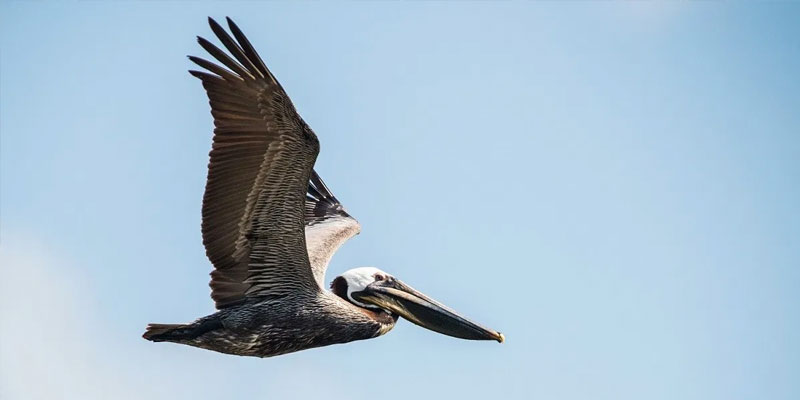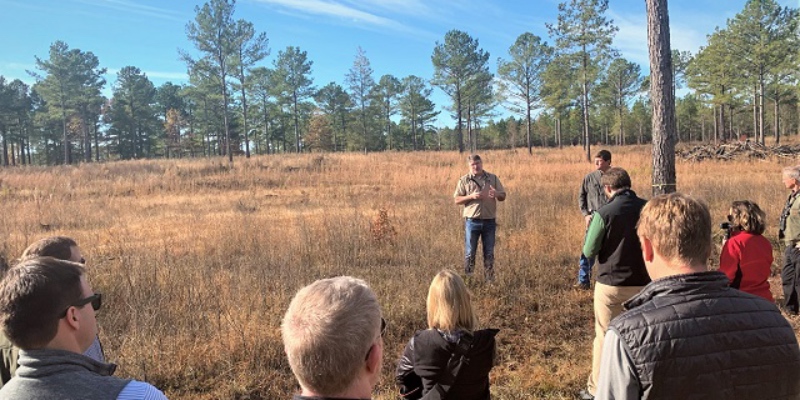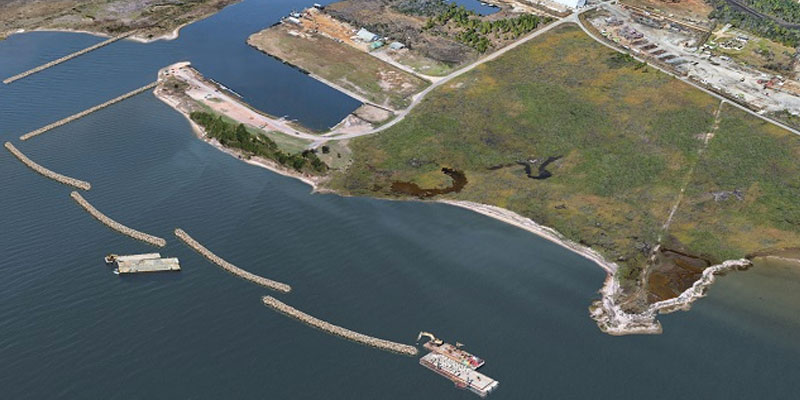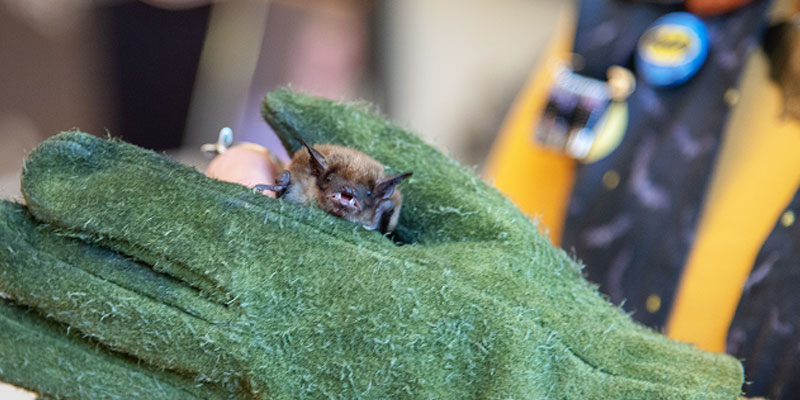The National Fish and Wildlife Foundation (NFWF) has announced $1.1 million in grants to restore and enhance aquatic habitats and improve populations of imperiled native freshwater aquatic species in watersheds in the Southeast, including Alabama.
The grants will leverage $1.1 million in matching contributions to generate a total conservation impact of nearly $2.2 million.
The grants were awarded through the Southeast Aquatics Fund, a competitive grant program and public-private partnership. Support for the fund comes from the U.S. Department of Agriculture’s Forest Service, the U.S. Fish and Wildlife Service, Southern Company and the Altria Group.

“This year’s grant slate represents a major step forward in conserving the incredible aquatic biodiversity of Southeastern rivers and streams,” Jeff Trandahl, NFWF executive director and CEO, said in a news release. “Once implemented, this array of projects will improve and restore habitats to aid numerous species and provide critical information to help guide future investments to support ongoing voluntary conservation efforts.”
Projects will take place within priority watersheds of the Alabama, Apalachicola-Chattahoochee-Flint and Mobile-Tombigbee river basins in Alabama and Georgia, and the Pee Dee river basin in North Carolina. Guided by NFWF’s Longleaf Forest and Rivers Business Plan, the projects will address key threats affecting the freshwater habitats and species in these watersheds, supporting the tremendous aquatic biodiversity of the Southeastern region.
In Alabama, grants from Southern Company will support two projects: One is a partnership with Auburn University for a study in the Uchee Creek watershed of Russell County to support future restoration and habitat improvement. The second grant, in partnership with The Nature Conservancy, will support research and restoration work in the watershed of the Upper Locust Fork of the Black Warrior River.
“The Southeast Aquatic Fund grants will directly benefit Alabama communities by helping support aquatic species and habitat conservation in priority watersheds,” said Susan Comensky, vice president of Environmental Affairs at Alabama Power. “Support for key partners like The Nature Conservancy and Auburn University is critical to protecting Alabama’s natural resources.”

“Supporting the Southeast Aquatics Fund is one way we do our part to restore critical watersheds,” said Jesalyn McCurry, Southern Company environmental stewardship manager. “Focusing on freshwater conservation produces work that is good for species, water and communities.”
Overall, the NFWF grants in Alabama, Georgia and North Carolina will improve more than 2,600 acres of working lands and riparian habitat and benefit a host of aquatic species, including the Black Warrior waterdog, flattened musk turtle, bridled darter, trispot darter, blue shiner, Alabama rainbow and Coosa creekshell.
“The Forest Service is proud to support the Southeast Aquatics Fund. This ongoing partnership benefits the region’s remarkable aquatic biodiversity,” said Ken Arney, Forest Service regional forester for the Southern Region. “Partnering with private landowners is key to habitat restoration, which results in greater strides toward species recovery.”
“The U.S. Fish and Wildlife Service is proud to support aquatic conservation efforts in the species-rich region of the Southeast,” said Leopoldo Miranda-Castro, the U.S. Fish and Wildlife Service’s regional director for the South Atlantic-Gulf and Mississippi Basin regions.

“Restoration efforts in these focal areas will help recover several listed species and conserve many at-risk species that can only be found in this region. These efforts also help to keep forests and other lands working for our partners in conservation.”
Launched in 2017, the Southeast Aquatics Fund supports voluntary watershed-based restoration and management to improve the health of aquatic systems and secure populations of native freshwater aquatic species. Including this year’s grants, the program has awarded $8 million to 38 conservation projects expected to benefit nearly 500,000 acres of working lands and riparian areas and over 60 miles of stream habitat.
A complete list of the 2022 grants made through the Southeast Aquatics Fund is available here.












